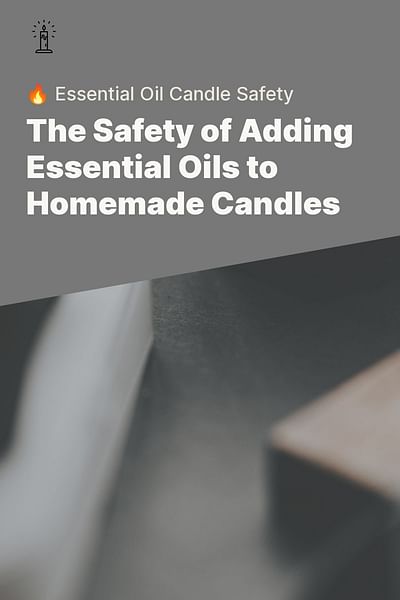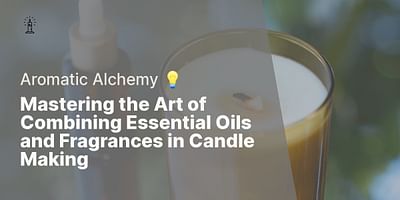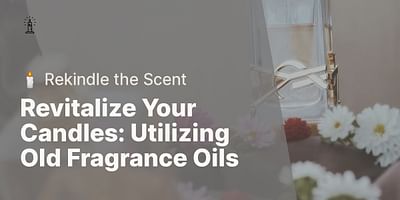Ava Moonlight is a certified aromatherapist and candle maker who combines her love for essential oils and candles to create soothing and fragrant products. She has been in the field for over 8 years and enjoys teaching others about the benefits of aromatherapy and how to incorporate it into their candle making process.
Yes, it is safe to add essential oils to homemade candles when done properly. Essential oils can add a wonderful fragrance to your candles and enhance the overall aromatherapy experience. However, there are a few important things to keep in mind to ensure the safety of your candles and the people or pets around them.
Firstly, it is crucial to use high-quality essential oils that are specifically designed for candle making. These oils are typically labeled as "candle-safe" or "fragrance oils" and are specifically formulated to withstand the heat of the candle flame. Regular essential oils used in aromatherapy or skincare may not be suitable for candle making as they can evaporate too quickly or become volatile when exposed to heat.
When adding essential oils to your homemade candles, it is recommended to follow the manufacturer's guidelines for the recommended usage rate. Typically, a safe range is between 5-10% of the total candle weight. This ensures that the fragrance is not overpowering and that the essential oils are properly dispersed throughout the wax.
It is also important to consider the type of wax you are using. Soy wax and beeswax are popular choices for homemade candles and work well with essential oils. These natural waxes have a lower melting point, which helps to preserve the fragrance of the essential oils. Additionally, soy wax is known for its clean-burning properties, making it a great option for those who are concerned about air quality.
When melting the wax, it is best to use a double boiler or a wax melter to ensure even heat distribution. This helps to prevent the essential oils from overheating and losing their fragrance. Once the wax has melted, you can add the essential oils and stir gently to ensure they are evenly incorporated.
It is important to note that some essential oils may have specific safety considerations. For example, certain oils like cinnamon or clove may be irritating to the skin or mucous membranes if used in high concentrations. It is always a good idea to research the specific essential oils you plan to use and their safety guidelines.
Lastly, it is recommended to let your candles cure for at least 24-48 hours before lighting them. This allows the fragrance to fully develop and ensures a better scent throw when the candle is burned.
In conclusion, adding essential oils to homemade candles can be a safe and enjoyable way to create beautifully scented candles. By using high-quality candle-safe essential oils, following recommended usage rates, and considering the type of wax you are using, you can create safe and fragrant candles that enhance your space and promote relaxation and well-being.















